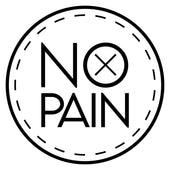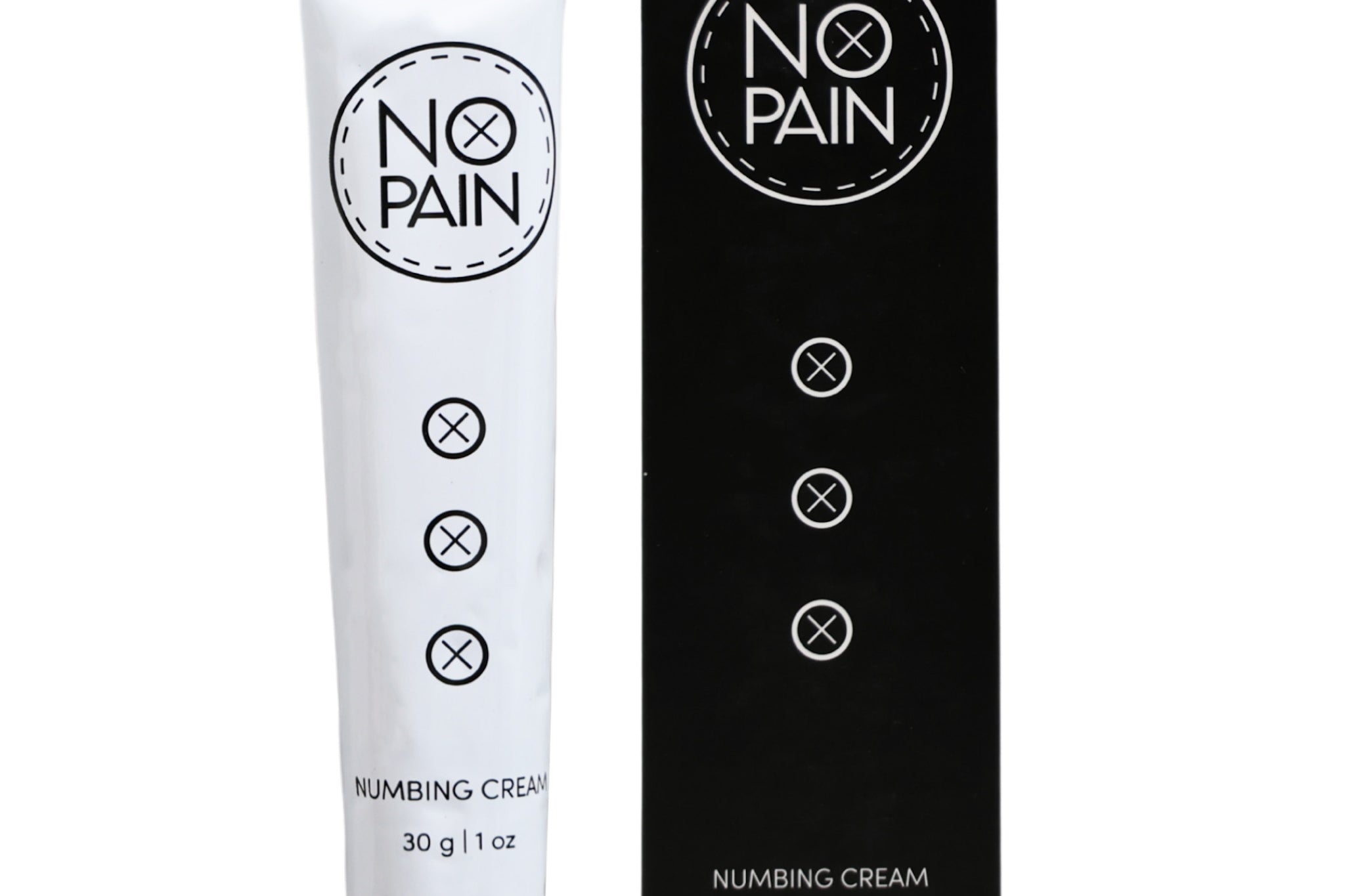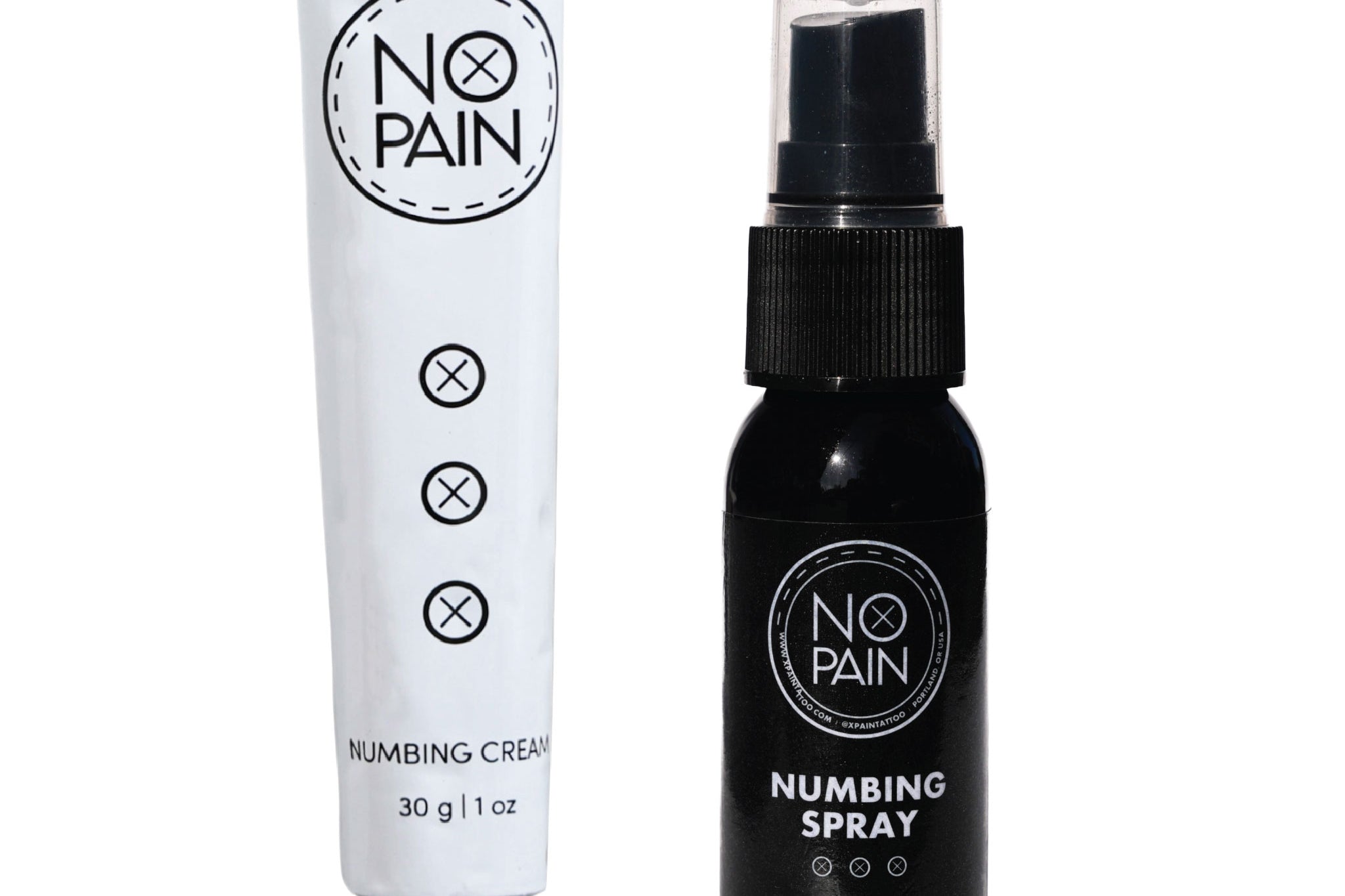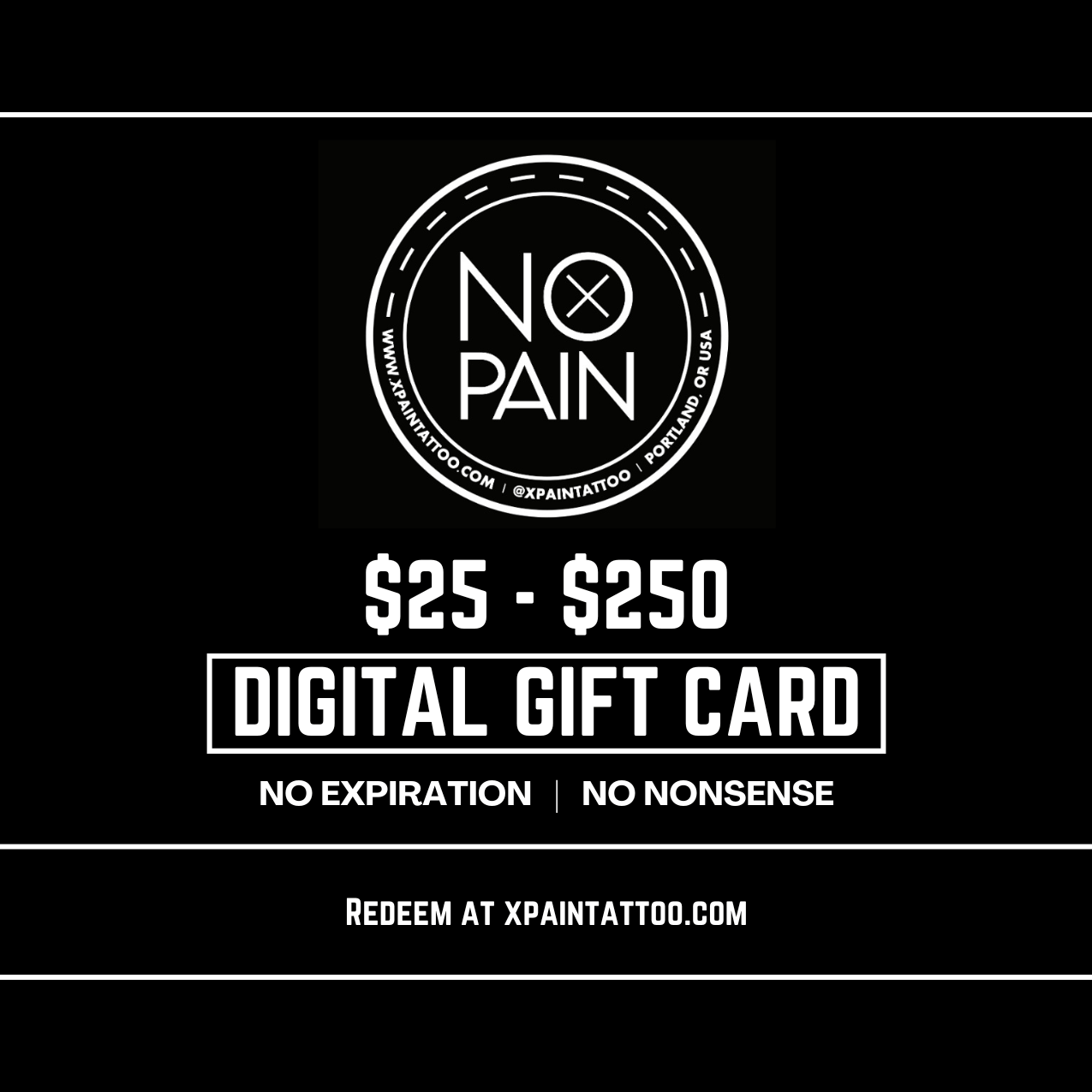In a world full of "quick fixes" and "miracle solutions," it's smart to be skeptical. So when a product promises to make a notoriously painful experience like getting a tattoo significantly more comfortable, it's natural to ask: "Does tattoo numbing cream actually work? Or is it just a gimmick?"
It's a fair question, and it deserves a straightforward, realistic answer.
The short answer is: Yes, a high-quality tattoo numbing cream absolutely works. The longer, more honest answer is: It works incredibly well, if you use the right product and—most importantly—you use it correctly.
This isn't just a sales pitch. This is a realist's guide to how numbing cream works, why it sometimes "fails" for people, and how you can guarantee the most effective, pain-free experience for your next tattoo.
The Science of "Working": How Numbing Cream Blocks Pain
Numbing creams aren't magic; they're medicine. The active ingredient, typically Lidocaine, is a topical anesthetic. When it's properly absorbed by your skin, it works by temporarily blocking the nerve pathways that send pain signals to your brain. If the pain signal never reaches your brain, you don't register the sensation of pain.
This means you'll still feel the pressure and the vibration of the tattoo machine, which is helpful for knowing the artist is working, but the sharp, stinging, and burning sensations are dramatically reduced or eliminated entirely.
"I Tried It and It Didn't Work!" - The 3 Reasons Numbing Creams Fail
This is the most important part of the guide. When someone says a numbing cream didn't work for them, it almost always comes down to one of these three mistakes.
1. Incorrect Application (The Most Common Failure)
-
The Mistake: People treat it like a normal body lotion. They rub a thin layer into their skin a few minutes before their appointment and hope for the best.
-
The Reality: This will do almost nothing. For the cream to be effective, it needs two things: a thick layer and occlusion (being wrapped). You must apply a thick, almost frosting-like coat (do not rub it in!) and then seal it against your skin with plastic wrap for 60-90 minutes. This is a non-negotiable step for deep numbing.
2. Not Waiting Long Enough
-
The Mistake: Getting impatient and only leaving the cream on for 30 or 45 minutes.
-
The Reality: Topical anesthetics take time to penetrate through the outer layers of your skin to reach the nerves. The 90-minute mark is the sweet spot for maximum effectiveness. Cutting this time short is the second biggest reason people report disappointing results.
3. Using a Low-Quality or Fake Product
-
The Mistake: Buying a cheap, unregulated cream from an online marketplace to save a few dollars.
-
The Reality: The market is flooded with low-quality or counterfeit creams that either have a very low percentage of the active ingredient or use a greasy, oil-based formula that doesn't absorb well. Using a reputable, water-based product with the maximum strength Lidocaine is essential.
How to Guarantee It Works: The Professional Process
So, how do you ensure it does work for you? You use a professional-grade product and you follow the professional-grade instructions.
Our No Pain Tattoo Numbing Cream was designed to deliver consistent, powerful, and reliable results. We use high-quality Lidocaine in a water-based formula for maximum effectiveness. When you follow our simple, proven application method, the result isn't a question—it's a guarantee of a more comfortable session.
The Proven 4-Step Method:
-
Wash and Dry the area 90 minutes before your appointment.
-
Apply a Thick Layer of the cream. Do not rub it in.
-
Wrap the area tightly with plastic wrap to seal it.
-
Wait 90 Minutes before your artist removes the wrap and cleans the skin.
The Verdict: Does tattoo numbing cream actually work? Yes, it works incredibly well. But it's a tool, not a magic wand. And like any tool, it only works if it's high-quality and you use it the right way.
The vast majority of "failures" come down to incorrect application or a poor-quality product. By avoiding those pitfalls, you can reliably expect to have a dramatically less painful tattoo experience. With a long weekend coming up, it's the perfect time to book that tattoo session you've been putting off. Arm yourself with the right information and the right product, and get ready to experience tattooing in a whole new, more comfortable way.




